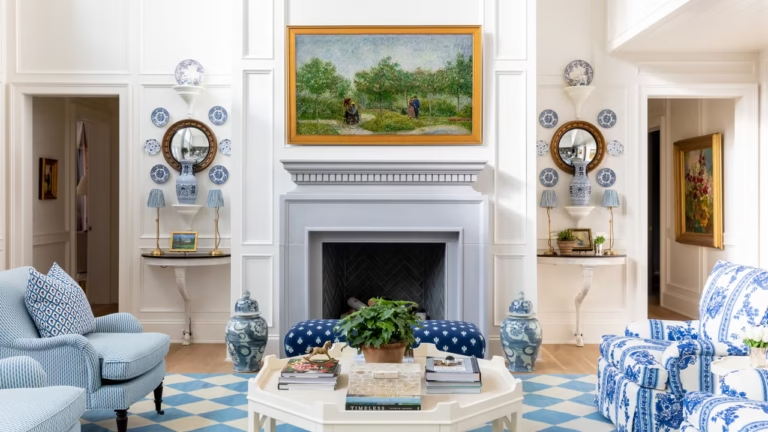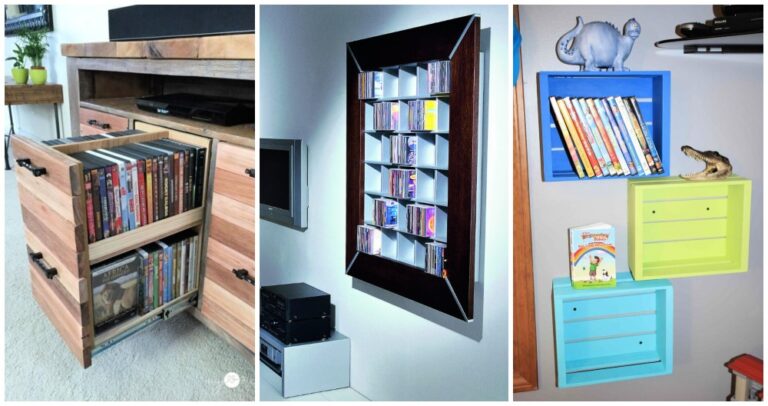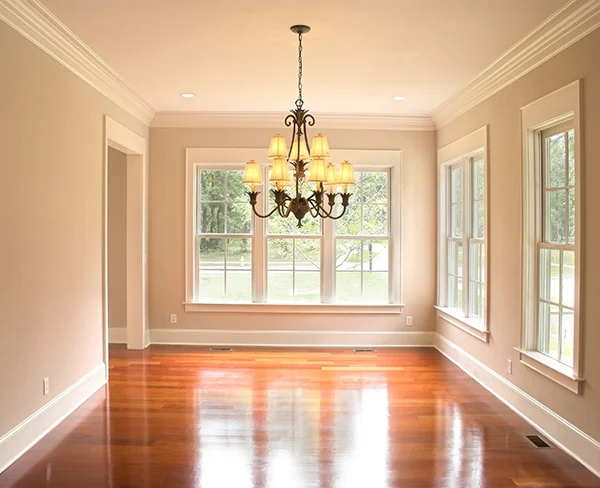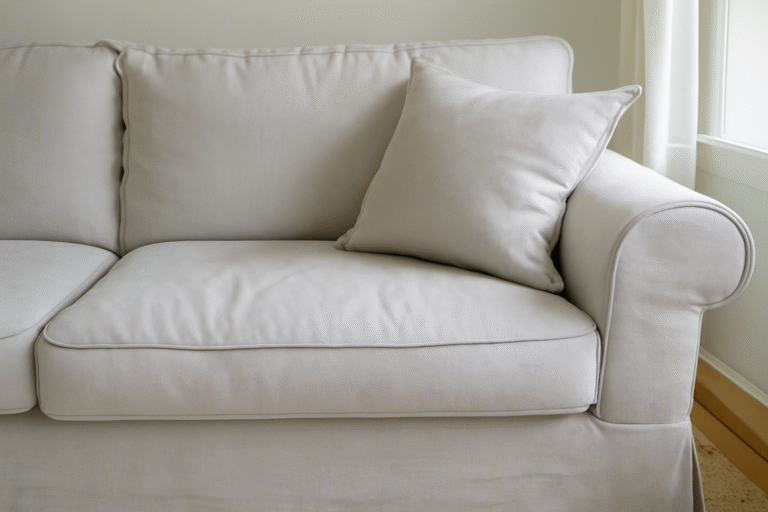How to Choose the Perfect Grey Paint: A Complete UK Guide

Grey is no longer considered dull or cold in fact, it’s become one of the most sought-after shades for modern and traditional interiors across the UK. Whether you’re refreshing your living room, redesigning your kitchen, or updating a cosy bedroom, the perfect grey paint can tie your space together beautifully. But with countless shades and undertones available, choosing the perfect grey paint can be overwhelming.
In this guide, we’ll walk you through how to choose the right shade, consider undertones, test swatches, and pick the best paint finishes along with trusted UK brands that deliver stunning greys for every type of home.
1. Why Grey Paint is So Popular in UK Homes

Grey is a versatile, timeless, and elegant colour that works with almost any interior style—from Scandi minimalism to industrial chic and English country. Here in the UK, grey complements the soft natural light typical of our climate and pairs beautifully with muted pastels, bright whites, or bold accent colours.
Whether you’re after a soft dove grey or a moody charcoal, grey provides a neutral foundation without the starkness of pure white or the warmth of beige.
2. Understand Grey Undertones
Grey paint isn’t just “grey”. Most shades have undertones of blue, green, purple, or brown, which affect how the colour appears in your space. Undertones can make the difference between a grey that feels fresh and modern, or one that feels flat and cold.
Here’s a quick breakdown:
- Blue undertones: Create a crisp, cool grey ideal for bathrooms or ultra-modern spaces.
- Green undertones: Offer a more natural, soothing feel, perfect for bedrooms or relaxed lounges.
- Purple undertones: Add elegance and depth, best used in formal spaces or against warm lighting.
- Brown or taupe undertones: Make grey feel warmer and more inviting, ideal for traditional UK homes or period properties.
Tip: Always test a grey sample in your own room’s light—it might look warm in the shop but cool on your walls.
3. Consider Your Natural and Artificial Lighting
The amount and direction of natural light a room receives will dramatically change how a grey appears.
- North-facing rooms in the UK often have cooler, flatter light. Choose warmer greys with brown or taupe undertones to avoid a cold, sterile look.
- South-facing rooms get warmer, golden sunlight. Cooler greys with blue or green undertones will balance the warmth beautifully.
- East-facing rooms have cool light in the morning and warmer light in the evening. Greys with a slight warmth are more consistent throughout the day.
- West-facing rooms are the reverse: warm in the evening, cool in the morning. A mid-tone neutral grey works well here.
Artificial light also matters. Warm bulbs bring out warmer tones, while cool white LEDs enhance cooler undertones.
4. Choose the Right Grey for the Room
Living Room
Go for warmer greys like elephant grey or taupe grey that add cosiness. Mid-tone greys paired with white trim and wood floors work beautifully in UK-style lounges.
Bedroom
Soft greys with green or lilac undertones can create a restful vibe. Try misty or lavender greys with plush bedding for a calming retreat.
Kitchen
For a clean and modern feel, cool greys or greys with blue undertones work well especially paired with chrome, white cabinets, or black marble.
Bathroom
Use light, airy greys with a hint of blue or silver for a spa-like feel. Gloss finishes or moisture-resistant paints are a must in this humid space.
Hallway
Greys with taupe or warm undertones make entryways feel welcoming while hiding scuffs and marks better than white.
5. Sample Before You Commit
Paint colours can look very different on your wall than they do on the paint chart. That’s why testing is crucial.
Here’s how to do it right:
- Buy testers of your top 3–5 grey paints.
- Paint swatches on each wall of the room—grey can look different depending on which direction the wall faces.
- Check at different times of day—morning light, afternoon, and evening.
- Place furniture or fabric swatches near the test areas to see how they interact.
You can also use peel-and-stick paint samples like those offered by Lick or Coat Paints—both UK-based brands offering modern greys.
6. Pick the Right Finish
Once you’ve chosen your perfect grey, select a finish that suits your space:
- Matt/Flat: Great for walls and ceilings; hides imperfections well.
- Eggshell: Slightly more durable; ideal for hallways or bedrooms.
- Satin: Offers a subtle sheen; good for kitchens or bathrooms.
- Gloss: Very shiny; usually used on trim or woodwork.
For a classic, sophisticated look, matt finish is the most popular for grey walls in UK interiors.
7. Best UK Grey Paint Brands

1. Farrow & Ball
Known for its rich pigments and eco-friendly formulas. Try:
- Ammonite – A subtle, light grey with warmth
- Down Pipe – A dramatic, deep charcoal grey
- Cornforth White – A warm, versatile neutral grey
2. Little Greene
Premium UK paint brand with a great historical colour palette. Try:
- French Grey – A warm, heritage tone
- Scree – A cool industrial grey
3. Dulux
Widely available and budget-friendly. Popular greys include:
- Chic Shadow – Soft and classic
- Polished Pebble – A light, neutral grey
4. Lick
Modern, sustainable, and easy-to-apply. Try:
- Grey 03 – Soft, calming with green undertones
- Grey 07 – A deeper, bolder shade
5. Coat Paints
Eco-friendly and stylish, perfect for modern UK homes. Great greys include:
- Good Intentions – A neutral, pale grey
- And Breathe – Slightly warm and serene
8. Complementing Colours for Grey
Grey works with almost any palette, but some combinations are particularly striking:
- Grey & Yellow: Warm and cheerful—great for kitchens or studies
- Grey & Blush Pink: Soft and sophisticated—ideal for bedrooms
- Grey & Navy: Strong and modern—perfect for feature walls
- Grey & White: Crisp and clean—classic for hallways and bathrooms
- Grey & Mustard: Edgy and vibrant—brilliant in industrial spaces
Use cushions, artwork, curtains, and lighting to add these accents while letting grey provide a calming base.
9. Common Mistakes to Avoid
- Choosing without testing: Always test in natural and artificial lighting before deciding.
- Ignoring undertones: A mismatch between undertones and existing decor can make grey feel “off.”
- Using the same grey everywhere: Each room has different lighting—what works in one might not in another.
- Skipping the prep: Grey, especially in matt finishes, can show imperfections. Smooth walls and a good primer are key.
Final Thoughts
Choosing the perfect grey paint is part science and part art. With undertones, lighting, room function, and finish all playing key roles, it’s important to take your time and test thoroughly. Whether you go for a warm, inviting grey in your living room or a cool, crisp grey in your kitchen, the right shade can completely transform your space.
With excellent options from UK paint brands like Farrow & Ball, Dulux, Lick, and Little Greene, you’re sure to find your ideal grey—one that brings sophistication, calm, and timeless beauty to your home.









